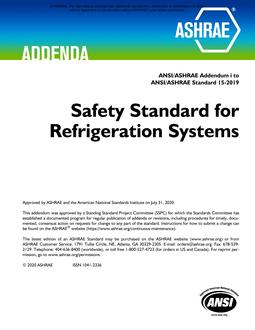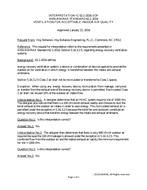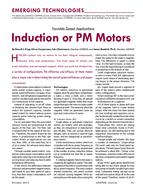New energy codes prescriptively require the increased use continuous insulation (ci) in steel stud exterior wall designs. The 2009International Energy Conservation Code (IECC) and American Society of Heating, Refrigerating and Air-Conditioning Engineers(ASHRAE) 90.1-2007 contains significant insulation changes for steel stud walls, especially regarding thermal shorts via steel studs. This paperfocuses on thermal modeling and experimental test correlations, as well as the performance evaluation of various walls related to building materialsand mechanical attachment techniques. There are many challenges related to the thermal modeling of building walls, including the properrepresentation of frame cavity and boundary condition. To better address industry challenges, and to develop a better understanding of thelimitations of 2D analysis tools, a 3D finite element analysis thermal modeling approach was developed. This paper outlines findings fromguarded hot box tests, and FEA modeling, of three walls; a conventional building wall, and a continuous insulation wall with and without spraypolyurethane foam (SPF). The analysis results show significantly increased performance of continuous insulation with SPF filled cavity vs. typicalgypsum wall with fiberglass insulation. Additionally, we discuss the evaluation of insulation, air sealing and weatherization systems in a controlledlab environment, in order to provide real-world data of how the products function together in the field.
Citation: ASHRAE Conference Papers, Denver, CO
Product Details
- Published:
- 2013
- Number of Pages:
- 8
- File Size:
- 1 file , 650 KB
- Product Code(s):
- D-DE-13-C002


